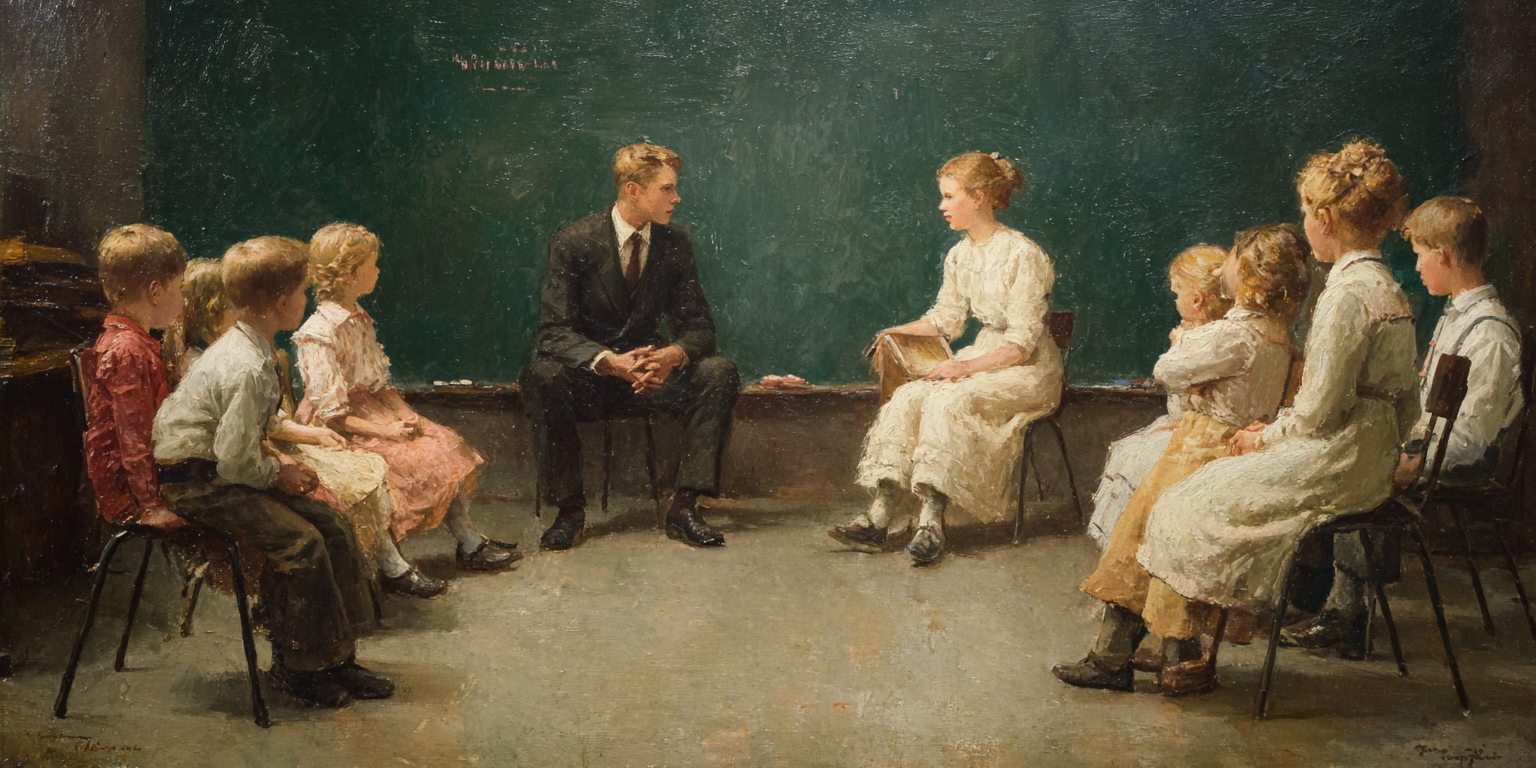Other articles in the series include: Are Utahns Uniquely Drawn to Pornography?, Are Religious LGBT Youth in Utah More (or Less) Prone to Suicidality?, Are Utahns More Depressed than Everyone Else?
Body image is a difficult issue for so many women in society today—all around the world, as consistently confirmed by international surveys. One 2020 survey in the UK, for instance, found that “the majority of people feel negatively about their body image most of the time.”
But rather than acknowledging this as a tragically universal issue, we all have to grapple with, others have propounded other stories—for instance, attempting to tie these struggles to particularities of a certain locale and faith.
The Utah Women & Leadership Project (UWLP) is doing some important work on many issues. But many of us were disappointed by the implied message in their recently released “Infographic on Cosmetic Surgery in Utah Women” and associated research snapshot, particularly in the ways both feed negative stereotypes about people of faith, especially women. The infographic suggests Latter-day Saint women in Utah are disproportionately preoccupied with beauty because of teachings about marriage and family in the Church of Jesus Christ. Though candidly admitting that the data cannot support such a conclusion, the authors have promoted a graphic and research brief that insinuates women in the Church are driving up the market for plastic surgery in Utah.
Advancing a certain narrative about Utah women. Of course, if this is what the data plainly and objectively confirmed, even unflattering messages ought to be welcomed and shared openly. Yet this Cosmetic Surgery Among Utah Women infographic is riddled with errors and questionable sources. For instance, the “Money Spent on Beauty Products” graphic claims Salt Lake City spends ten times as much money on beauty products as other similarly sized “cities.” This comparison comes from a 14-year-old Forbes article citing only a single city (Oklahoma City). Surely, claiming that Salt Lake City is particularly focused on beauty spending requires it to outstrip more than just one other city.
The research paper concludes that “Utah is among the top states in the nation for [cosmetic surgery] procedures,” but it fails to supply any supporting data. The American Society of Plastic Surgeons only shares total numbers of procedures by region, not state. Utah’s region contains 12 other states, including California, which consistently ranks in the top ten for plastic surgery-related searches, according to data from Google Trends. Concluding from this data that Utah is a top state for plastic surgery is a fallacy of division—the fact that the region Utah is included in accounts for the largest total number of procedures does not mean Utah itself has higher than average rates of plastic surgery. It may simply be the case that Utah is geographically lumped in with other states that do.
The authors commit a similar fallacy when they suggest that, since “69% of people who undergo plastic surgery are white” and “87.6% of the population identifies as white” in Utah, this somehow means Utahns are more likely to opt for plastic surgery. It’s also true that most people from Scandinavia are white, but no one would suggest this means Utah, therefore, has a surplus of Scandinavians.
However, as the research snapshot points out, Utah does have a relatively high number of plastic surgeons relative to the size of its population. It’s also true that Utah ranks first in searches for breast augmentation. One important consideration missing from the UWLP’s provocative infographic is that Utah may have so many plastic surgeons per capita because we have a top-ranked plastic and reconstructive residency program at the University of Utah School of Medicine. Additionally, the world-class Huntsman Cancer Institute performs thousands of plastic and reconstructive surgeries per year. This might go a long way to explain the relative difference in spending on plastic surgery in Salt Lake City versus elsewhere—and perhaps even some of the differences in search results.
Renato Saltz, a plastic surgeon with practices in Salt Lake City and Park City, pushed back on this narrative of Latter-day Saint women being more likely to get plastic surgery because of the expectations of Utah culture—insisting that would be “painting far too broad a stroke” and doesn’t “offer a full picture of why so many operations are performed in the city.” Why is there something shameful about a religious woman getting plastic surgery when women in the general population are told “you do you?”
Undoubtedly, these factors above significantly skew the data in such a relatively low population state—yet failing to mention any of this wider context creates another perception entirely.
And what is the story that is implied? Once again, that the teachings and ideals fostered by the dominant culture in Utah—especially by The Church of Jesus Christ of Latter-day Saint—are somehow to blame for any relative difference. That’s the “smoking gun” that receives the most attention in the research snapshot. As they argue:
Researchers have found that homogenous societies, such as Utah, can have a contagion effect that pressures individuals into cosmetic surgery. In Utah, 87.6% of the population identifies as white, and Utah tops all the states in having the highest population of one religion: 57% are Mormon. These factors may be linked to high plastic surgery rates. The American Society for Plastic Surgeons reports that 69% of people who undergo plastic surgery are white. The Mormon Church strongly emphasizes marriage and motherhood, and Utah leads the nation in several categories relating to marriage and maternity: the highest percentage of its population being married and the earliest median age for marriage (24.0 for women and 26.2 for men). Utah has the highest fertility rate and stands among the highest in breastfeeding rates. Perhaps it is no surprise that, according to one researcher, many Utah mothers respond to cultural pressure to undergo the Mommy Makeover, which local doctors advertise as a solution to young mothers’ bodies “trashed” by motherhood.
The authors of the infographic also point towards “competition for a desirable spouse” as a possible driver of plastic surgery in Utah because it’s “a state that puts a high priority on marriage, a key concern for Mormon women specifically since self-identified Mormon women outnumber Mormon men in Utah by a ratio of 3:2.”
According to the American Society of Plastic Surgeons’ 2018 statistics, however, the vast majority of women undergoing plastic surgery procedures are well over the median age of marriage which the authors cited for women in Utah (24). Half of all cosmetic procedures for women were in the 40-54-year-old age group—constituting about 7.8 million total procedures. By comparison, women in the 20-29 year age group account for the second smallest number of procedures. Given national statistics for the age range during which most women undergo plastic surgery, it seems unlikely that Utah’s own statistics are driven largely by young, unmarried Latter-day Saint women using plastic surgery to attract a spouse.
Among other things, the foregoing narrative feeds the perception that “Utah is all about image,” and “obsessed with appearance” as two people said in reference to the stats on plastic surgeons per capita. As another individual asserted online, “Women in the Church are very pressured to be the picture of perfection.”
But is this what the research actually suggests? Most of the data used to suggest that Utah women have a plastic surgery problem—including a bolded graphic showing that 67% of Latter-day Saint women know someone in their faith community who has had cosmetic surgery—comes from a single study done by Joylin Namie at UVU in 2013. The quantitative sample included 100 Latter-day Saint women, most of whom (but not all) lived in Utah, with two focus groups of 20-30 participants each as well. Only four of the women sampled had, themselves, undergone a cosmetic surgery procedure and it is never made clear whether the person they know of (who has had plastic surgery) actually lives in Utah. What all this means is that, of the Latter-day Saint women sampled in this one study, the results point to lower than average rates of plastic surgery (4% vs. a national average of 7%). It is irresponsible to assert that Latter-day Saint women partake in cosmetic procedures because of their religiously informed beliefs about marriage and family.
The UWLP research snapshot focuses heavily on this specific research study for establishing the narrative that Latter-day Saint women use plastic surgery to compete for spouses and remain culturally relevant after having large numbers of children. That narrative being advanced by these authors depends on the idea that these women of faith undergo plastic surgery more often than average, which Namie’s own sample contradicts. The authors do admit in passing that “one recent survey that seems to contradict other studies and indicators found that Mormon women in Utah self-reported having cosmetic surgery at rates slightly lower than the national average.”
That survey was conducted by Jana Reiss in 2017. Drawing upon her own sample of 1,115 Latter-day Saint adults and a Pew Research study of nearly 5,000 U.S. adults, Reiss found Latter-day Saint women in Utah report lower than average rates of plastic surgery: 5.6% compared with a national average of 7%.
Disregarding broader research patterns. Research is not ambiguous when it comes to the relationship between religiosity and body image. A 2015 review across twenty-two studies found that “strong and internalized religious beliefs coupled with having a secure and satisfying relationship with God were associated with lower levels of disordered eating, psychopathology, and body image concern.” Interestingly enough, this same team found that “Conversely, a superficial faith coupled with a doubtful and anxious relationship with God were associated with greater levels of disordered eating, psychopathology, and body image concern.”
Here are just a sampling of the surprisingly large number of studies confirming that faith is providing a safe haven for many women who incessantly hear secular culture demanding they look a certain way:
- A 2014 study of nearly 2,500 young women in the Journal of Religion and Health is just one example of the large body of U.S. and international research suggesting religion is very often a countercultural force in promoting healthy body images. According to lead author, sociologist Andrea Henderson of the University of South Carolina, being part of a community that lifts up the message “God made me, and he doesn’t make anything bad” appears to help moderate the impact of the “body loathing” promoted by popular culture. As Dr. Henderson put it, “intuitively, it makes sense.” The study found that across all women surveyed, those who considered religion important in their lives and prayed regularly felt better about themselves—with a particularly strong effect on self-worth. Their message to people of faith? “Continue what you’re doing” in terms of providing an environment where young women are valued for who they are, not what they look like, the lead researcher said.
- One study at Bucknell College had college-age women review scriptural images such as the body being a temple of the spirit, right before being exposed to pictures of thin fashion models. Compared with a control group who reviewed neutral texts before the same experience, women in the scripture-oriented group were far more likely to feel good about their appearance. As the researcher noted in the Journal for the Scientific Study of Religion, “It seems plausible that women’s beliefs and feelings about their looks could become more positive from reading a set of affirmations … that espouse a vision of one’s body as divinely loved and accepted.”
- Another study conducted by researchers at Hope College found women who were highly committed to their faith were more likely to report higher body esteem and body satisfaction.
- In a University of Hong Kong study of 124 Asian college women, 23 percent of participants with no religion reported being extremely dissatisfied with their weight; just 6 percent of religious women expressed the same dissatisfaction. As one participant in the University of Hong Kong study put it: “My identity is in Christ and that is what matters most. I am happy with myself and what I look like, mainly because of my faith.”
- Researchers from Osnabruck University in Germany, analyzing data from 669 women, found that that veiled Muslim women perceived themselves as more attractive than did unveiled Muslim women, Christian women, and atheist women.
- In a study exploring body image among 483 Jewish women ages 18 to 30, Israeli researchers found that ultra-Orthodox and Modern Orthodox women were more likely than secular Jewish women to be comfortable with their appearance. By comparison, ultra-Orthodox participants were less likely than secular and Modern Orthodox Jews to repeatedly check their mirrors or avoid social situations due to an unhealthy focus on perceived abnormalities in their appearance.
- A 2019 study in the Journal Body Image based on a survey of 345 women found that both organized religion and spirituality were associated with positive body image. In particular, those with a strong belief in the importance of spirituality and the sense that everything is connected reported higher levels of gratitude and lower levels of self-objectification. These factors in turn were strongly correlated with body satisfaction. As the researchers report, “The findings suggest that religion and spirituality may enable women to experience a loving, appreciative, and respectful relationship with their bodies.”
This research aligns with the actual experience so many Latter-day Saint women have had. As one popular Latter-day Saint influencer Charlie Scott interviewed by VICE said, she’s never felt pressured by the Church to get plastic surgery done: “In my personal experience, it’s been the complete opposite. I’ve been taught I was created in God’s image and I am the way I am for a reason. I should love my body just the way it is, and so should all women and men.”
The Latter-day Saint women I know who have undergone cosmetic surgery are neither vain, desperate, nor conforming to religiously motivated expectations. Most of them are already married, have given years of thought to the procedure, and have never undergone any other kind of procedure. In other words, the idea that they are somehow preoccupied with beauty—especially to an extent that’s uncharacteristic of other women—is totally inaccurate.
It also seems perverse to insist that Latter-day Saint women undergo cosmetic procedures because of their religious culture when the increasing popularity of cosmetic procedures in the wider population escapes scrutiny. Why is there something shameful about a religious woman getting plastic surgery when women in the general population are told “you do you?”
This isn’t to say that women in Utah don’t have their particular struggles with beauty culture, nor that it’s never related to Church culture. As is true of women everywhere, women in the Church face pressures to conform to certain standards, including physical ones. It’s also fair to say that Latter-day Saint women face unique pressures relating to dating and marriage within a culture so heavily focused on family formation.
But the narrative being propounded about Latter-day Saint women is different from the story revealed by a closer look at the data. And it’s irresponsible, in my view, to assert that Latter-day Saint women partake in cosmetic procedures because of their religiously informed beliefs about marriage and family. While the UWLP authors insist that women in the Church are victims of cultural pressures to marry and have children at the expense of careers and higher education, Utah women are still more likely than women in the general U.S. populace to obtain a bachelor’s degree, despite having much higher fertility rates. Perhaps some of the pressures to conform to certain beauty standards are not coming from the Church, but from belonging to socioeconomic classes where large families—and the bodies that come with them—are increasingly countercultural.
In sum, the idea that ‘white Latter-day Saint women want to attract men, be married, drop out of school and have babies, and therefore they want cosmetic surgery’ is an unhelpful caricature. It’s fine to have this hypothesis, but it’s unhelpful to attempt to cobble together data that supports your theory, ignore data that directly contradicts it, and publish it as if it’s valid.
To reiterate: so much of what the Utah Women & Leadership Project (UWLP) is doing is helpful, but I draw attention here to what will hopefully be an anomaly—data formulated to tell a particularly negative story about people of faith based on questionable data. Statements like, “Some Latter-day Saint women believe that physical beauty is key in securing status, particularly as marriage and motherhood are often prioritized above educational or career achievement,” are vague, unsourced, and inflammatory and do nothing but reinforce a negative stereotype of Latter-day Saint women.
Women in the Church are, by and large, doing a remarkable job balancing messages about beauty and achievement against the more lasting happiness of cherished family bonds. We don’t always get it right, but many of us are consciously striving for a more transcendent identity than our looks—or even our educational and professional attainments—can provide. I too have felt the sting of realizing I’ve fallen short of cultural beauty expectations, but I’m similarly gutted when my successes as a wife and mother are discounted; when my sacrifices register in the larger cultural conversation only as a failed educational or professional statistic among women. My beautiful family and my relationship with Christ as a member of The Church of Jesus Christ of Latter-day Saints have been my safe haven from the world’s relentless campaign to tie my value to my image. Religious devotion is not a liability on this front; it’s our greatest weapon in our common struggle to find lasting self-worth.










